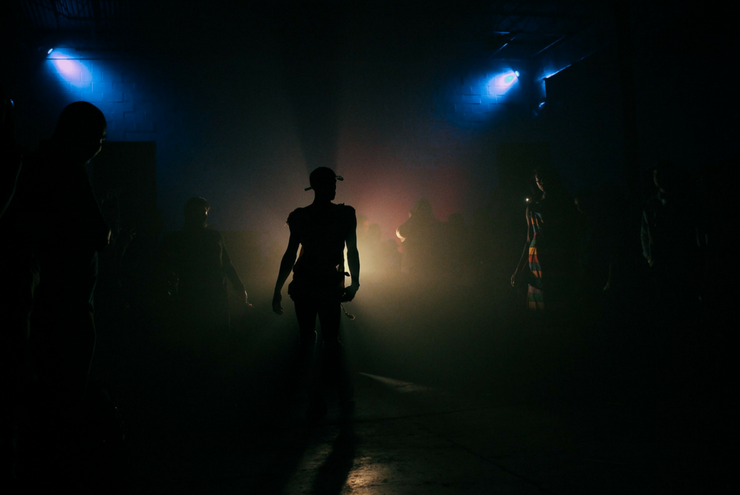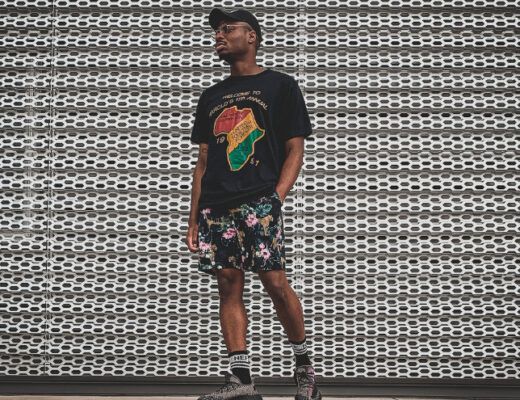By Kelsey Gledhill
It’s March, and in Houston, that means three things: annoyingly ambivalent weather, springing our clocks ahead for the dreaded tradition of daylight saving time, and the most popular of the three by a long shot, Houston’s Livestock Show and Rodeo. Talk about tradition, this three-week-long event (celebrating 86 years this month) brings in over two million attendees every year and has committed more than $430 million to youth since its inception. No wonder it’s known far and wide as the world’s largest livestock show and rodeo. From the mouthwatering bar-b-que and the bright lights of the carnival, to the rip-roaring, nail-biting rodeo competitions and all-star music lineup, what’s not to love? But as you put on your once-a-year boots and hat and head to the rodeo, take a moment to reflect on why you’re dressed in full cowboy/girl drag. Behind that button up and belt, there’s an entire culture, a longstanding way of life, and a code of conduct rooted in tradition.
As a competitive sport, rodeo originates from the practice of cattle herding—derived from the skills required of working cowboys on cattle ranches. I’m no stranger to this concept, as my father competed on both the amateur and professional circuits as a steer wrestler, and therefore raised us in a horse–riding, Wrangler–wearing, let’s bring-the-cows-around kind of household. I eventually went on to compete in my own right as a breakaway roper, and my brother followed in my dad’s footsteps, competing in the Professional Cowboys Association (PRCA) as a steer wrestler.
Rodeo can be an exciting pastime for some, but for many of these athletes—AKA cowboys/girls—it’s how they make their living. Their offices are the rodeo arenas peppered along the U.S. and Canada competition circuit, their co-workers are their competition horses and livestock, and their paychecks are hard to come by, varying in amount—if any—upon the size of the rodeo. At every rodeo, these professional competitors duke it out in their respective events (bareback riding, steer wrestling, team roping, saddle bronc riding, tie-down roping, barrel racing, and bull riding), working hard and fast to ensure that they place in the “top holes” that pay. It’s simple: if you don’t place, you don’t get paid. Oh, and did I mention that they pay to play? Each competitor must submit an entry fee for each event they intend to compete in. The long and short of it is: all the fees go into a big payout pie, with each cowboy/girl competing for their piece. Again, if you don’t place, you don’t pick up a paycheck, you’re out your entry fee(s), and it’s “better luck next time.”
You’re probably thinking, “How hard can it be to place? If this is their job, then it shouldn’t be difficult.” When you do something day in and day out, it becomes second nature. But just like anything else, there are variables to consider, including the health of the cowboy/girl, the health of their horse(s) and competition livestock, the reliability of their traveling rig and equipment, their ability to abide to a rigorous event schedule, and many more. All of these moving parts play an integral role in the success or failure of every run/ride at every rodeo.
Just as intriguing as the daredevil events themselves is the rodeo dress code. All competitors are required to wear a cowboy hat, a long–sleeved cut–and–sewn shirt, jeans, and cowboy boots when they enter the arena. Failure to do so results in a monetary fine. But why the specific duds? Well, it’s not all about looks—it’s also about functionality, practicality, and of course, tradition. Let’s start from the ground up with boots. These are highly durable, practical, and made of leather. They feature a one- to two-inch heel that allows the cowboy/girl to rest their foot in the saddle stirrups or to dig into the ground when roping a calf, wrestling a steer, etc. The height of the boot varies from mid calf to just below the knee and helps to protect the leg from the wear and tear of the saddle stirrup leathers. Next up, the blue jeans and long–sleeved shirt. Both serve as a form of protection against the sun, harsh landscapes, cuts, scrapes, and rope burn. The final piece that tops off the outfit is the cowboy hat. The hat’s sole purpose is to shield the competitor’s eyes from heat and glare of the sun. These days, many rodeo competitions are held indoors, so the hat is worn more as a symbol of respect for the cowboy/girl way of life.
Rodeo is more than flashing lights, live music, good food, and a chance/excuse to put on your best western wear. It’s a culture full of grit, rich history, and tradition that extends well beyond making a fashion statement. As Houston’s 2018 rodeo winds down, take a moment to reflect on your participation in a culture very different from your own.







